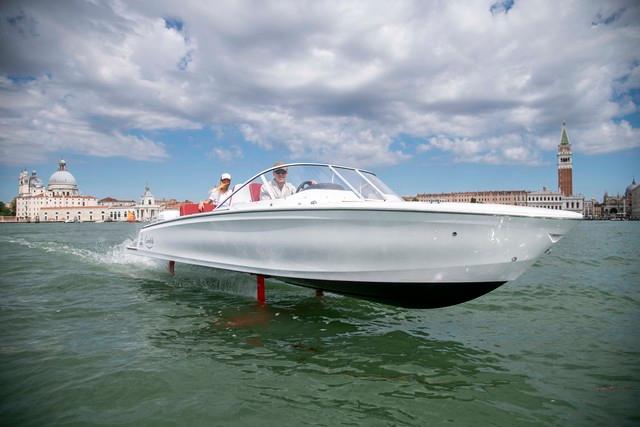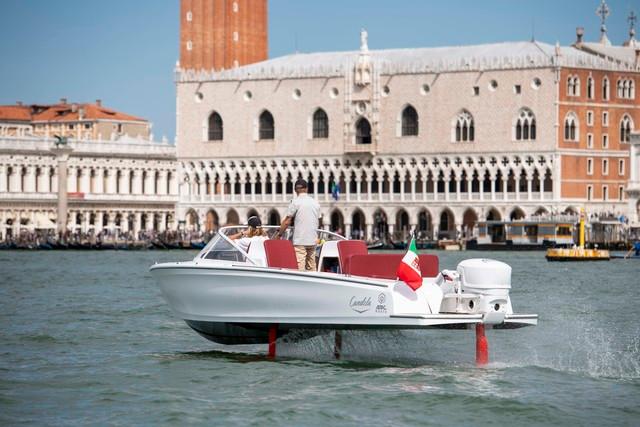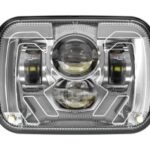Can Flying Electric Boat Save Venice from Sinking?
Ferry Tale
Massive waves from the city’s speedboats are causing irreparable damage to the iconic buildings. But what if all the taxis, ambulances and commuter ferries that serve as the city’s main form of transportation could fly above the water, without making wakes – and be electric? On Monday, the revolutionary Candela C-7 electric hydrofoil boat will be back in town for a public demonstration of its unique capabilities.

In the 1950’s gas powered motor boats came to Venice, increasing the speed and efficiency of water transportation. But they also created the problem known to Venetians as Moto Ondoso – wake induced damage – that threatens to erode the foundations of Venice. The 800-year old buildings are built on wooden pillars not designed to withstand the high-energy impact from the swells created by the city’s fleet of diesel-burning speedboats.
The wakes are seen as such a problem, that Gondoliers and activists repeatedly have demonstrated against speedboats by blocking the city’s waterways.

Hailed by the media as the “savior of Venice”, the Swedish-made Candela is an entirely new kind of craft that brings hope of saving the city’s unique cultural heritage from destruction – and make transports even better and faster than today.
Flying on computer-aided hydrofoils, Candela C-7 is the first electric craft with long range at high speed. Using computers and software to fly above the waves, it needs 80% less energy than conventional motorboats – and a welcome side effect is the almost total absence of wake. Causing a less-than-5cm high wake, the silent Candela C-7 can be flown at a speed of up to 30 knots (55 km/h) in urban waters without causing damage to buildings, canals, or other boats, such as gondolas.






